Figures & data
FIGURE 1 Entrance to the Picturing the Invisible exhibition at the Heong Gallery [photograph], taken by Jo Underhill.
![FIGURE 1 Entrance to the Picturing the Invisible exhibition at the Heong Gallery [photograph], taken by Jo Underhill.](/cms/asset/231f2ce5-545f-4769-848a-e1b131528826/rgeo_a_2307870_f0001_c.jpg)
TABLE 1 Artworks and Essayists
FIGURE 4 A masked tour of picturing the invisible at the royal geographical society. Still from “Meet the artists ‘Picturing the Invisible’ in NE Japan” [video], filmed by Ross Harrison at the Director’s Gallery, Royal Geographical Society (in Takahashi Citation2021c).
![FIGURE 4 A masked tour of picturing the invisible at the royal geographical society. Still from “Meet the artists ‘Picturing the Invisible’ in NE Japan” [video], filmed by Ross Harrison at the Director’s Gallery, Royal Geographical Society (in Takahashi Citation2021c).](/cms/asset/490f7117-e194-4cae-ae1f-cbe3920e1197/rgeo_a_2307870_f0004_c.jpg)
FIGURE 5 Rebecca Bathory, Untitled, 2016, photograph, from the Return to Fukushima series. It is a common decontamination practice to scrape the contaminated topsoil into black plastic “flexible containment bags” (furekon-bukuro), which are stacked at temporary storage site like those pictured above. By 2015, more than 9 million bags had accumulated across 100,000 sites in Fukushima (Mainichi Shimbun Citation2015). The need to find permanent disposal sites is among the many issues my research respondents hoped the Olympic Games would underscore. (For discussion, see Kirby Citation2021; Takahashi Citation2023a.)
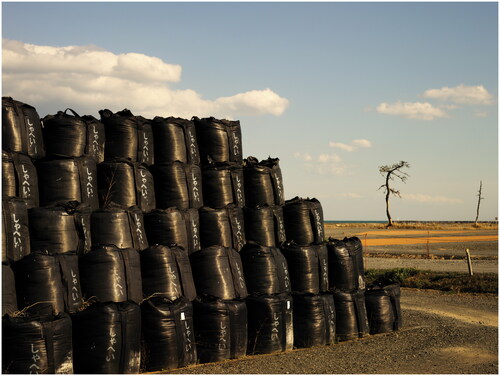
FIGURE 6 Masamichi Kagaya (in collaboration with Satoshi Mori), Evacuation: Insoles, 2018, autoradiograph, from the Autoradiograph series. Autoradiographs are images produced through exposure to ionizing radiation, rather than visible light. They allow artists to capture the contamination of everyday objects. Here, Kagaya and Mori have arranged insoles from shoes left in two evacuated towns. (For discussion, see Steger 2021; Takahashi Citation2022b, Citation2023a.)
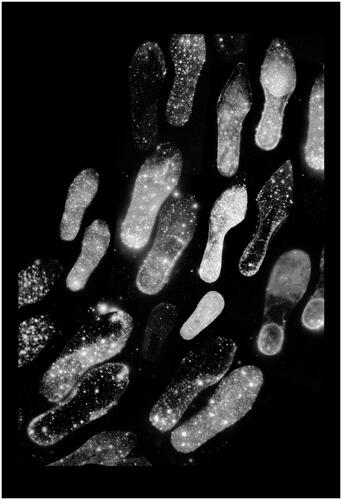
FIGURE 7 Takashi Arai, 2017-07-13, A Landscape of Geiger Counters, Yamakiya, Fukushima, 2017, daguerreotype, from the Daily D-type Project series. (For discussion, see Tanaka Citation2021. For a student’s response to Arai’s work, see Klausing Citation2021.)
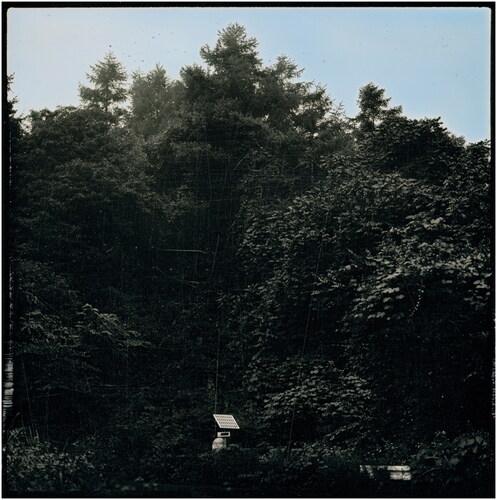
FIGURE 8 Lieko Shiga, Portrait of Cultivation, 2009, photograph, from the Spiral Shore (Rasen Kaigan) series. Taken shortly before the triple disaster, in the coastal village of Kitakama, this photograph was published in the tragedy’s wake. (For discussion, see Takahashi Citation2022a, Citation2023a; Wynne Citation2021.)
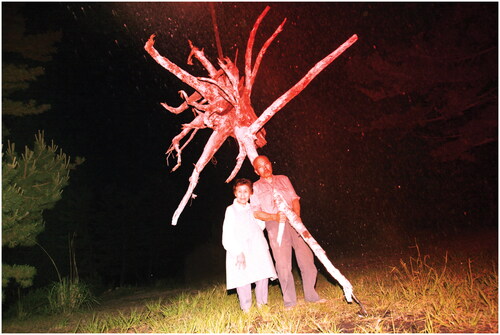
FIGURE 9 Yoi Kawakubo, If the radiance of a thousand suns were to burst into the skies at once V, 2019, unexposed photographic film. (For discussion, see Jasanoff Citation2021; Macfarlane Citation2021.)
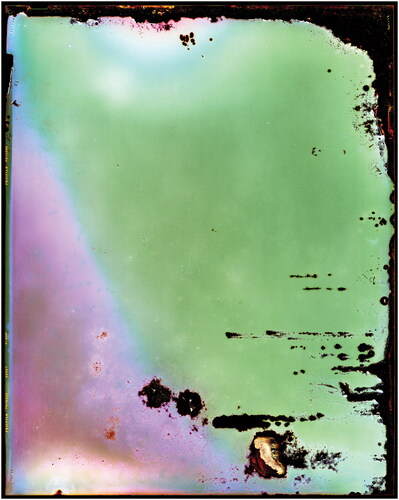
FIGURE 10 Kawakubo buries his film in Fukushima’s contaminated soil in this video, which documents the making of If the radiance of a thousand suns were to burst into the skies at once. Still from “The Artist as Explorer” [video], by Yoi Kawakubo.
![FIGURE 10 Kawakubo buries his film in Fukushima’s contaminated soil in this video, which documents the making of If the radiance of a thousand suns were to burst into the skies at once. Still from “The Artist as Explorer” [video], by Yoi Kawakubo.](/cms/asset/332b919b-e5dd-4dec-8f4f-21dfe026b20f/rgeo_a_2307870_f0010_c.jpg)
FIGURE 11 Giles Price (2017), Untitled, from the Restricted Residence series. (For discussion, see Sato Citation2021; Smith Citation2021.)
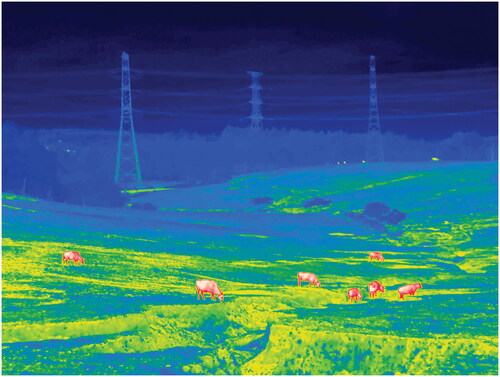
FIGURE 12 Thermal camera installation designed by Nicholas McCay in response to the work of Giles Price. [photograph] taken by Paul Klausing.
![FIGURE 12 Thermal camera installation designed by Nicholas McCay in response to the work of Giles Price. [photograph] taken by Paul Klausing.](/cms/asset/550265e4-e94f-4db3-84c3-0daec6a1ac19/rgeo_a_2307870_f0012_c.jpg)

![FIGURE 2 Picturing the Invisible at the Heong Gallery [photograph], taken by Jo Underhill.](/cms/asset/e48e3e83-4388-4697-b1fb-b0981ba1292a/rgeo_a_2307870_f0002_c.jpg)
![FIGURE 3 Picturing the Invisible at the Heong Gallery [photograph], taken by Jo Underhill.](/cms/asset/964ea291-3200-4e21-a655-ec0d303a22a1/rgeo_a_2307870_f0003_c.jpg)